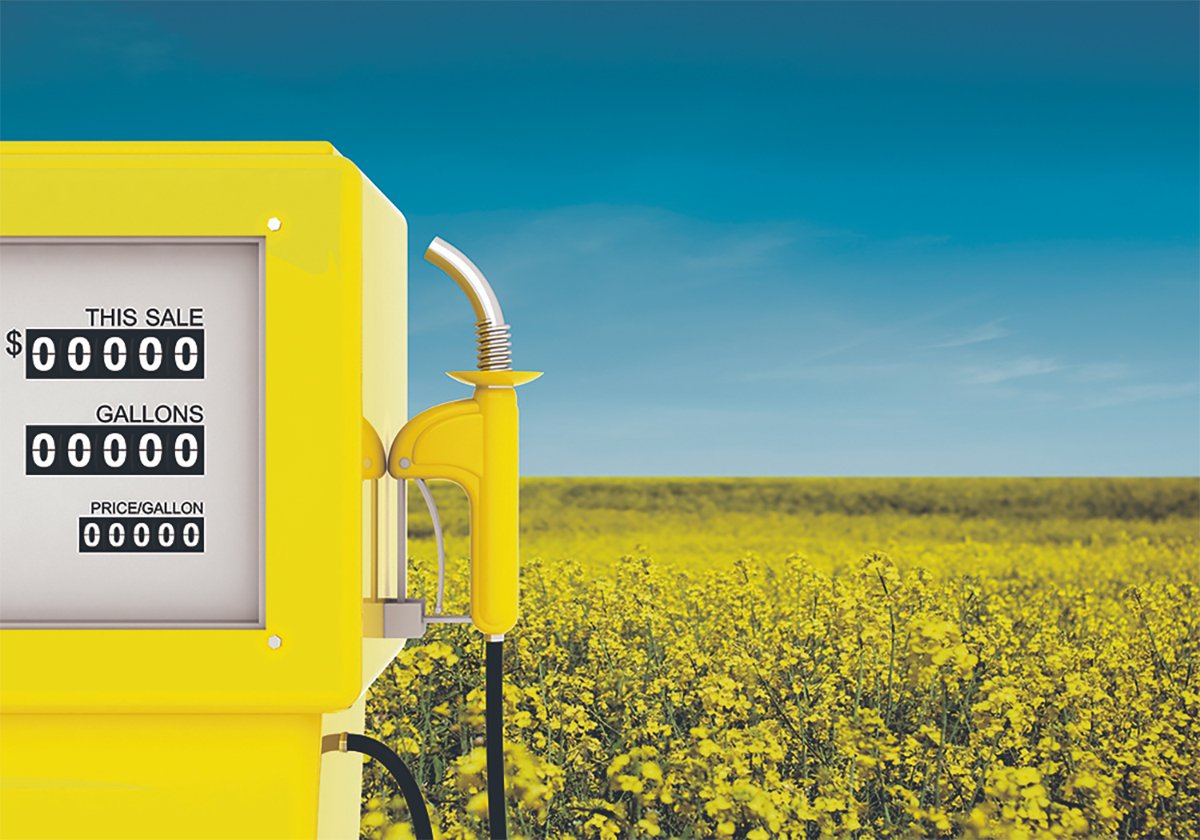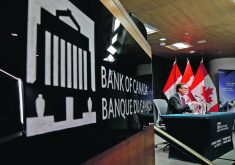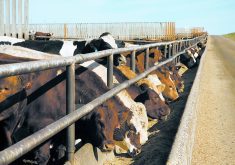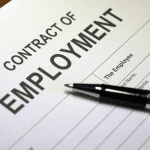There’s a big “I” word in your future: inflation.
After decades in abeyance, the word inflation, as used to describe a problem, is everywhere.
It got much national attention when Canada’s Food Price Report was released Dec. 9. It usually draws interest, but it’s predicted that the big jump in 2021 domestic food prices will be followed by five-to-seven percent increases in 2022, sending a chill down the spines of every Canadian who sees food as a significant family or personal expense.
“In 2022, food insecurity will be a big issue as Canadians grapple with rising prices,” says the report, helmed by Sylvain Charlebois of Dalhousie University and representing a collaboration of four universities across Canada.
Read Also

Biofuel sector happy with federal budget
Advanced Biofuels Canada says new Biofuel Production Incentive is a lifeline until CFR amendments are in place.
“Food programs may face increased demand along with higher costs for food, and food retailers may see increased rates of theft. We will continue to feel the growing impact of climate change and the continued effect of both transportation and labour market challenges.”
That kind of generalized stress on the population tends to lead to unpredictable political results, all of which could hit farmers in unpredictable ways.
It’s a huge issue in the United States where to the credit of the Americans, economic issues get taken more seriously sooner than is typical in Canada. Economist Larry Summers, former President Barack Obama’s chief economic adviser and the secretary of the treasury under former President Bill Clinton, has been a hawk on inflation for a year, not buying all the “transitory” talk that has ruled most economists’ projections for the present surge.
“This isn’t just going to go away of its own accord,” said Summers in a recent Bloomberg Radio interview.
“We have to take substantial action to control inflation unless there’s some other adverse development…. We put in motion, for the first time in 40 years, excessive inflation caused by overheating of the economy, and that’s going to have to be worked out of the system, and that’s probably not going to be such an easy thing.”
The ditching of the label “transitory” at the U.S. Federal Reserve Bank occurred a few days before Summers’ comments, with Fed leaders admitting the high inflation of today does not look likely to disappear for months. That is a major pivot for the Fed.
Agency governor Jerome Powell’s about-face on the issue suggests some of the flood of dollars hitting the economy every month will soon be throttled back more than previously expected.
But the U.S. government, thanks to congressional Democrats, is about to spend an enormous amount of infrastructure (and pet project) money, which will weaken the impact of the Fed’s reversal. That will make inflation less likely to recede any time soon.
To be sure, there are many, many voices who still expect inflation to be short-lived. Farmers heard evidence of that Dec. 7 at Bayer’s Ground Breakers online conference, in which Calgary market analyst Errol Anderson made a strong case that deflation rather than inflation is in the cards.
“Inflation has already peaked,” he argued, pointing to big declines in many commodities, such as lumber, coal and natural gas, as well as other measures such as ocean freight.
“A month ago to now, times have already changed.”
Anderson, who has been a broker for Canadian farmers’ crops and livestock for decades, doesn’t see any nearby deflation in agriculture prices due to supply shortages. But in the long run, he thinks the global trend is toward macroeconomic deflation and lower prices for most things.
“We’re battling a much bigger debt load (than in 2008-09, the last deflationary period),” Anderson said.
For what it’s worth, my guess is that most of today’s inflation is still transitory, based upon an outsized demand for goods from people who can’t spend their money on services and experiences (concerts, travel, too-long nights at the bar, gambling) that will rebalance once those services are available again. Multitudes of hanging-on businesses will go broke once government aid wears off, and job-shy unemployed people will return to gainful employment once they realize they can no longer pay their bills and their parents want them out of the house.
But right now, it’s just everybody guessing about the future.
What is certain is that inflation is the number one issue in front of the western world’s peoples, something that will bring political and economic action.
Crop and livestock prices, input prices, interest rates, the value of the Canadian dollar, the general strength of worldwide demand for food and agriculture, and the pace of technological change will all be affected by the way governments perceive and react to the inflationary threat.
You, as a farmer, will be affected in a big way. We just don’t know how yet.
















